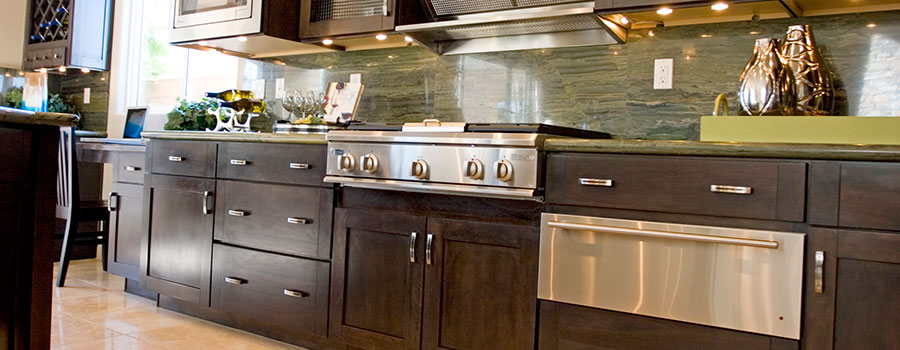Tips to Consider When Remodeling Your Kitchen
One of the most exciting home improvements home addition contractors or homeowners can undertake is to plan and design a kitchen makeover. For your project to be a success, you need to consider several tips. These tips include: Functionality Once you’ve decided on a design, the next thing to consider is how you’ll use your kitchen. Do you enjoy cooking fancy meals, or is this mostly a place for quick, casual dining? It is critical to understand your lifestyle and culinary habits. Consider the kitchen workflow, ensuring the stove, sink, and refrigerator form a suitable triangle for quick meal prep. Your kitchen layout should be determined by how you use it, as well as the type of appliances and accessories you want to include, such as lighting, storage, workstation, and seating. This will assist you in determining which dream kitchen changes are required for your and your family’s routines. Choose appliances that complement your culinary habits and lifestyle. You should go for energy-efficient units to save on energy and cut your utility bills. Energy-efficient units are not only good for the environment, but they can also save money in the long run. When choosing the appliance, consider upgrading or replacing any current appliances, such as the refrigerator, oven, stove, dishwasher, microwave, or range hood. You should also consider the price of installation and maintenance for your equipment. Layout and flow Kitchen arrangement is critical because it defines how easy or difficult it will be to move and work there. When designing a remodel, consider and optimize the existing layout to produce a useful and efficient kitchen. This includes looking at the work triangle and the location of other important features like cabinets, counters, and appliances. You also should consider the kitchen’s natural traffic flow and ensure there is enough room for mobility. Evaluate how you now use the space and find any pain points or areas of inefficiency. A well-planned kitchen should have a logical flow that reduces the distances between major work zones. A great way to choose the layout is to picture yourself in the kitchen and think about how you use it throughout the day, creating a flow chart to evaluate how the space is used at different times. You should keep pots and pans within arm’s reach, organize your utensils for convenient access, and keep your spice rack a simple turn away. You can go with various layout options, including L-shaped, U-shaped, galley, island, and peninsula. You should also consider whether walls, doors, or windows should be relocated or removed to provide additional room or light. Pay attention to the kitchen layout and how it connects to adjacent spaces. An open-plan kitchen design, for example, might encourage a fluid flow between the kitchen and dining or living areas, encouraging a sense of togetherness. Style and aesthetics Next, examine your kitchen’s aesthetics and design. It should reflect your unique style while remaining visually consistent with the rest of your home. Consider the color schemes, materials, and design components of your kitchen. Your kitchen’s style shows your personality and taste, so you must choose an overall design and […]
Read more
